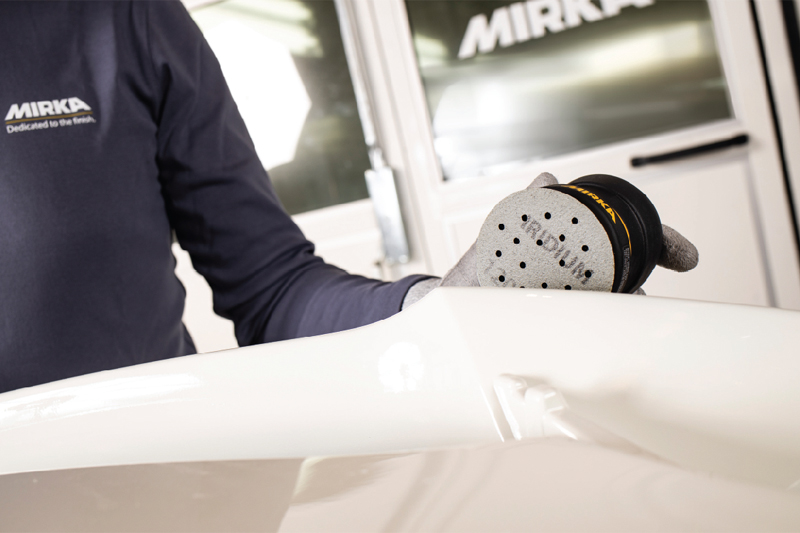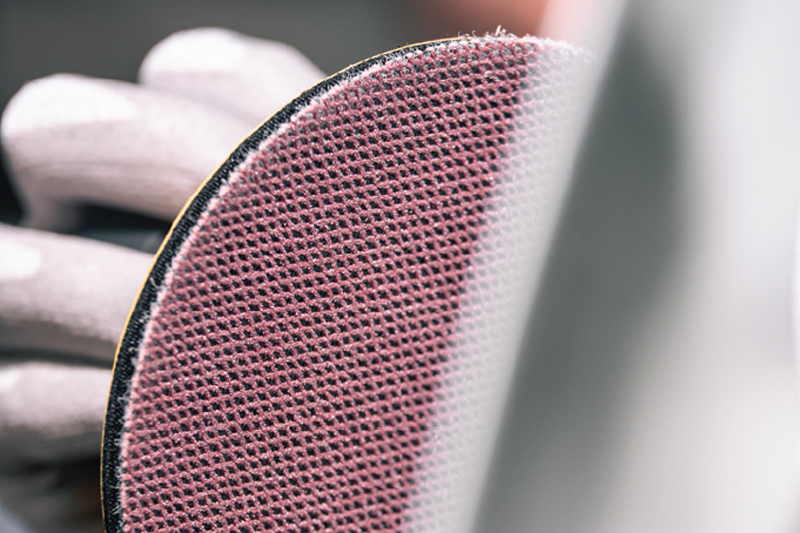
When undertaking body repair and maintenance on commercial vehicles, it is important to be aware of the health risks involved. Mirka details the dangers of Hand Arm Vibration Syndrome (HAVS) and dust particles.
Over the past decade or so, there has been a significant change in the way tools have been made to meet the needs and requirements of the user. This has led to a large amount of investment in R&D by tool manufacturers to design and develop durable products that can deliver an efficient overall process and a high-quality finish on a variety of surfaces, while protecting users against the dangers of Hand Arm Vibration Syndrome (HAVS) and dust particles.
HAVS, which affects the blood vessels, nerves, muscles, and joints of the hand, wrist, and arm, is becoming a bigger issue for workers as it is a condition they cannot see or are maybe unaware of that is affecting them until it is too late. The reason for this is basically that each worker may have different tolerances for the amount of vibrations they can handle or they may not realise there’s a problem until they try a different tool or do not use their own one for a while.
For Mirka, the fight against HAVS starts with putting the emphasis back on the user and this has been achieved with the introduction of the myMirka app (applicable in the Bluetooth enabled tools within the Mirka product range). The app provides the end user with the vibration levels from the tool on a colour graded scale, and advises on how to lower the vibration if required. Additionally, the speed the tool is being used at can be visualised in a real-time graph.

Furthermore, if more detail is required, there is an in-app purchase that tracks the daily vibration levels in relation to European standards for a comparable scale of the pressures being put through their joints on a daily basis, which will allow the business to see how the tools are being used and potentially assist in the implementation of measures to protect the workers. The app is available to download through both Android and iOS devices.
Extraction systems may seem like they take up a lot of space but dust particles can be a major health issue for employees and could possibly lead to respiratory problems. This is why more and more businesses or single users are investing in systems to allow them to work in a dust-free work environment.
Laboratory tests have shown that without dust extraction, dust in the air per kilogram of sanded material is over 200 grams per kilogram, and dust on surrounding surfaces is almost 800 grams per kilogram. These may not seem like large quantities but when they accumulate over a long period, they could potentially turn into both a fire and health hazard for the business.
However, investment in a suitable mobile extraction system is not a short-term injection of the business’ cash, it should be viewed as a long-term commitment, so that it can provide an effective solution for a cleaner workspace, a reduction in prepping and tidying up at the end of the day, and the potential dust contamination of other tools and surfaces. The smaller systems are more often used in workspaces because they are equipped with a local air supply and extraction, and are easy to move and store.








